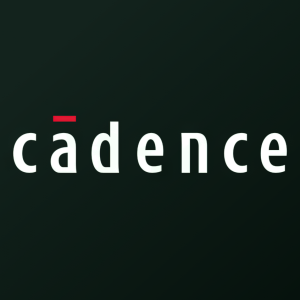Cadence Library Characterization Solution Accelerates Delivery and Enhances Quality of Arm Memory Products
Highlights:
- Cadence Liberate MX Trio Characterization enabled Arm to reduce memory LVF characterization validation runtime by 7X
- Arm achieved the accuracy and capacity required to address advanced-node memory characterization challenges
Liberate MX Trio Characterization, a library characterization solution that is suited for large, advanced-node memory designs, enabled the Arm engineering team to efficiently and accurately perform characterization validation of its embedded memory instances and compilers. Unlike traditional solutions that require tradeoffs between runtime and accuracy, Liberate MX Trio Characterization provided Arm with automated and simulation-based dynamic partitioning to reduce runtime, increase capacity and maintain SPICE-level accuracy. In addition, the Liberate MX Trio Characterization’s probing capabilities helped Arm identify the most critical timing arcs and reduce the manual effort associated with characterization path selection. Simulations on the full RC netlist covering a complete vector set let Arm identify accurate worst-case paths and maintain SPICE-level accuracy. Moving from Arm’s previous brute-force Monte Carlo simulation methodology to the Liberate MX Trio Characterization variation LVF analysis methodology saved Arm weeks of validation time through the solution’s automated and less error-prone methodology.
“Arm has been leveraging the Liberate Trio Characterization Suite for standard cell characterization, so it was an easy choice for us to broaden our deployment with Liberate MX Trio Characterization to address our evolving LVF memory characterization needs,” said
“Memory characterization can have a significant impact on signoff accuracy, and Arm was looking for a reliable solution for its embedded memory IP that would help them achieve their accuracy requirements while speeding time to market,” said
The Liberate MX Trio Characterization is part of the broader digital full flow, which supports the company’s Intelligent System Design™ strategy and enables SoC design excellence. For more information on Liberate MX Trio Characterization, please visit www.cadence.com/go/liberatemxcs.
About Cadence
Cadence is a pivotal leader in electronic systems design, building upon more than 30 years of computational software expertise. The company applies its underlying Intelligent System Design strategy to deliver software, hardware and IP that turn design concepts into reality. Cadence customers are the world’s most innovative companies, delivering extraordinary electronic products from chips to boards to complete systems for the most dynamic market applications, including hyperscale computing, 5G communications, automotive, mobile, aerospace, consumer, industrial and healthcare. For eight years in a row,
© 2022
Category: Featured
View source version on businesswire.com: https://www.businesswire.com/news/home/20220803005279/en/
Cadence Newsroom
408-944-7039
newsroom@cadence.com
Source:







